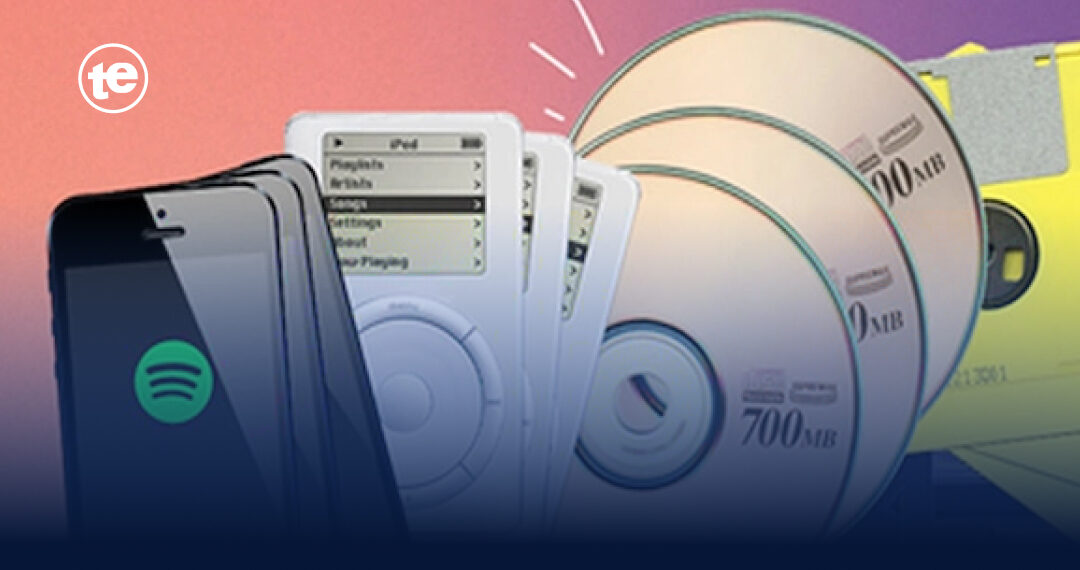In the not-so-distant past, music enthusiasts would flock to CD stores, spending hours flipping through racks of albums and discovering new artists.
Fast forward to the digital age, and these once-thriving stores have become relics of the past. What led to the demise of CD stores? The answer lies in the meteoric rise of music streaming technology.
Recent statistics reveal the dominance of music streaming in today’s music industry landscape. According to Forbes, a staggering 84% of the total music industry revenue comes directly from music streaming.
This massive shift in consumer behavior is reflected in the numbers: Revenue in the Music Streaming market is projected to reach a substantial $25.84 billion in 2023. The industry is expected to maintain a robust annual growth rate (CAGR 2023-2027) of 7.08%, resulting in a projected market volume of $33.97 billion by 2027.
In this digital era, the United States stands at the forefront, generating the most revenue in the Music Streaming market, with an estimated $10.4 billion in 2023. The number of users embracing music streaming is projected to skyrocket, reaching 1.1 billion users worldwide by 2027.
This trend highlights the widespread adoption of streaming platforms, with user penetration expected to rise from 12.0% in 2023 to 14.1% by 2027.
But how did this rapid rise in music streaming technology translate into the decline of CD stores?
Music streaming platforms offer unparalleled convenience and variety to listeners. With a few taps on their smartphones or clicks on their computers, music enthusiasts can access millions of songs from diverse genres.
Personalized playlists, algorithm-driven recommendations, and the ability to listen offline have made streaming the go-to choice for music lovers worldwide. The ease of discovering new artists and exploring different genres, all within the same platform, has redefined how people experience music.
In contrast, CD stores, once the hubs of musical exploration, could not keep up with the digital revolution. The limitations of physical media, including space constraints and the costs associated with stocking a wide range of albums, hindered their ability to compete with the vast libraries offered by streaming platforms. As streaming services provided instant access to music without the need for physical storage space, consumers found little reason to visit CD stores.
Furthermore, the evolution of streaming technology has allowed artists to reach global audiences without the need for extensive marketing campaigns or physical distribution. Independent musicians, in particular, have benefited from the democratization of music streaming, enabling them to share their creations with listeners worldwide.
The demise of CD emphasizes the transformative power of technology in reshaping industries. While physical stores may have faded, the music industry continues to thrive, driven by the widespread adoption of streaming platforms.
As we bid farewell to the era of CD stores, we welcome a future where music is just a click away, ushering in a new age of musical exploration and discovery.







Comments 1